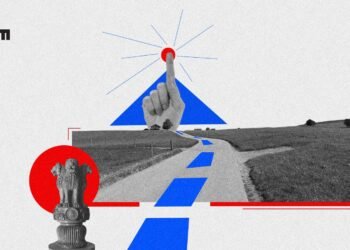In the year 2025, we can expect to see significant progress in understanding animal communication through the use of AI and machine learning. This has been a long-standing question for humans, and recent technological advancements have made it possible to finally answer it. The Coller-Dolittle Prize, offering cash rewards for scientists who can “crack the code,” is a testament to the confidence in the potential of AI and machine learning in this field.
Many research groups have been working on algorithms to decipher animal sounds, such as Project Ceti’s work on decoding the click trains of sperm whales and the songs of humpback whales. However, these modern machine learning tools require large amounts of high-quality and well-annotated data, which has been lacking until now.
With the availability of large language models (LLMs) like ChatGPT, which have been trained on vast amounts of text from the internet, we now have access to a wealth of information on animal communication that was previously inaccessible. This is a significant advantage, as human data corpora are much larger than the data available for animals in the wild. For example, GPT-3 was trained on over 500 GB of words, while Project Ceti’s recent analysis of sperm whale communication only had access to just over 8,000 vocalizations.
Moreover, interpreting animal communication is much more challenging than human language, as we do not know what constitutes a “word” or if certain vocalizations have different meanings. However, with new advances in AI and machine learning, we can expect to see an increase in the quantity and quality of animal communication data available to scientists. Low-cost recording devices like AudioMoth have made it possible for every research group to collect data on animal sounds, and automated recording has made it easier to gather massive datasets over extended periods.
These large datasets can now be analyzed using advanced algorithms, such as convolutional neural networks, which can quickly identify and classify different types of animal sounds based on their acoustic characteristics. Additionally, deep neural networks can be used to uncover hidden structures in sequences of animal vocalizations, similar to the meaningful structure found in human language.
In conclusion, the year 2025 will bring significant advancements in our understanding of animal communication, thanks to the use of AI and machine learning. With the availability of large datasets and powerful analytical algorithms, we can expect to make significant progress in deciphering the complex language of animals.


















